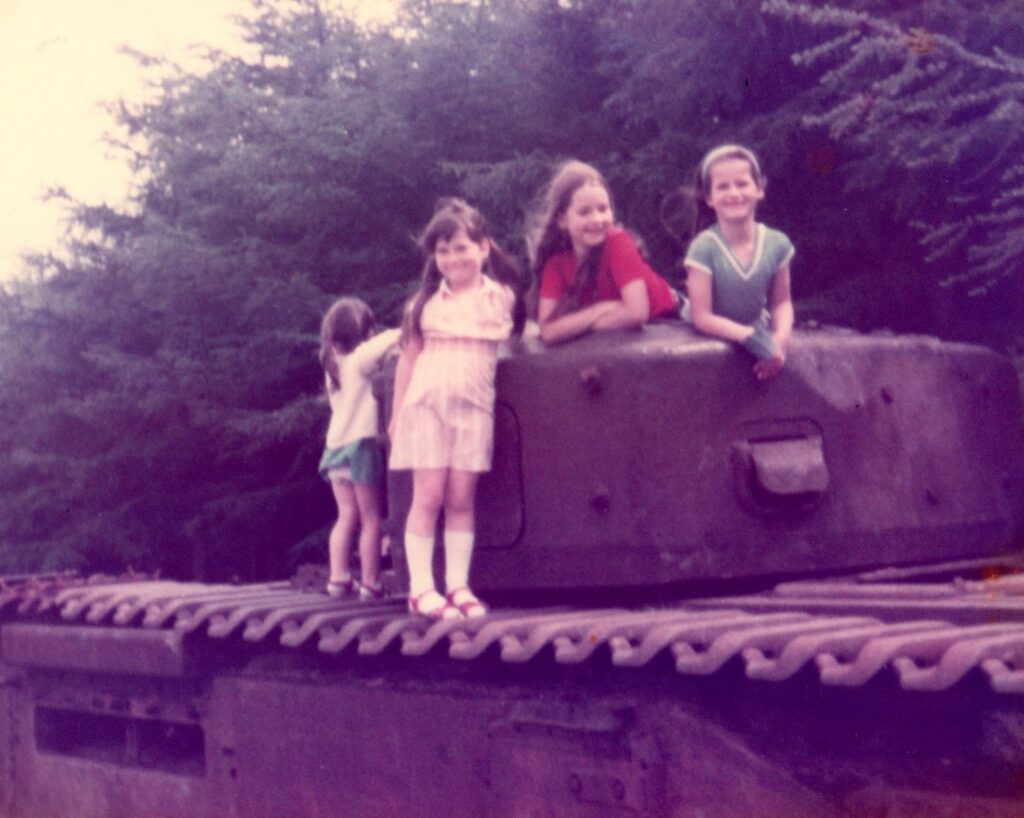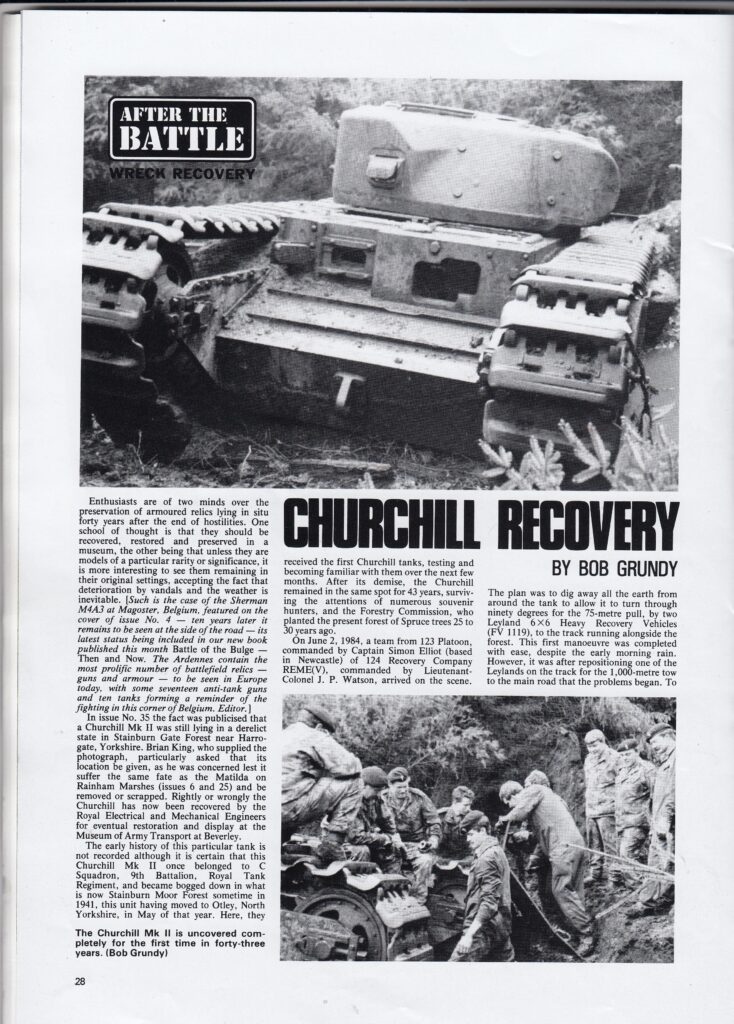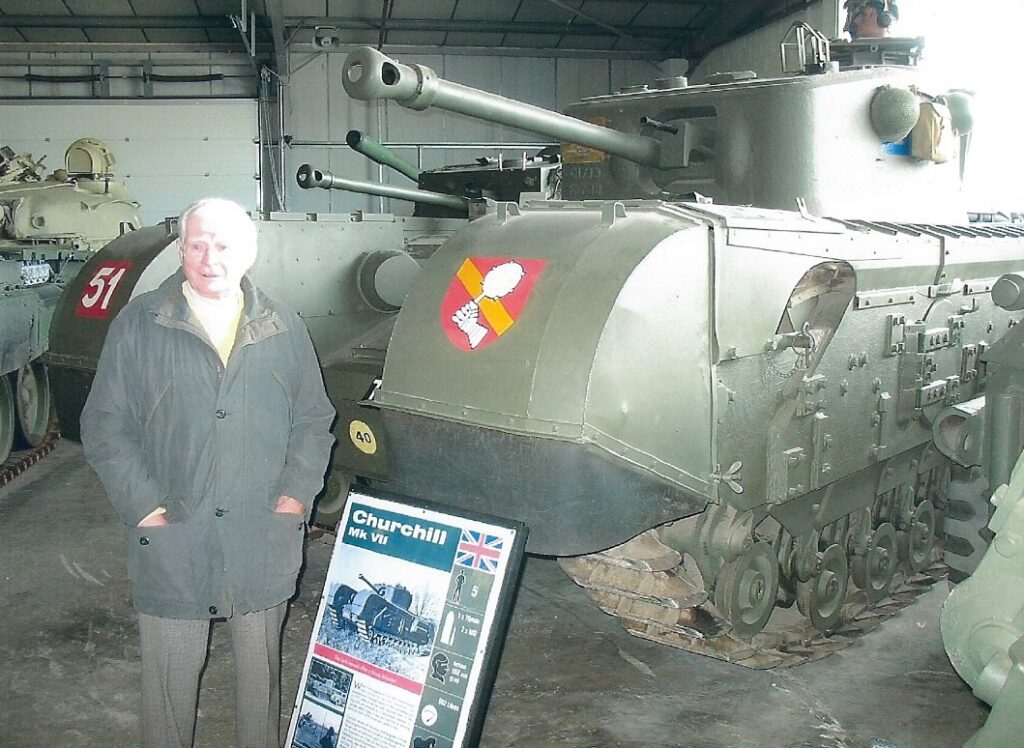
Some people know Mum as Ann, others as Liz. Mum’s quite happy to be called either; the only time she grumbles is when someone spells Ann with an “e.” The story as to why almost perfectly captures Mum’s early life.
The young Ann Barrett was a shy girl brought up by parents who were always deferential to those in authority. Fortunately, the local primary school in Stainburn was tiny, just seven pupils and one of those was Ann’s big brother, Richard, who could look out for his little sister. Faced with a diverse selection of ages and abilities Miss Littlewood used nature walks and local history projects to engage the children and ensure they all developed the basic skills of reading, writing and arithmetic.
Ann thrived.
In the last year of primary school came the eleven plus exams to sort the children between the rather imposing and ancient Prince Henry’s Grammar and Otley Secondary Modern, built to contain teenagers who were felt unlikely to pass GCEs. Richard had cheerfully headed off to the latter where he quickly established friendships which were to outlive him. However, young Ann was bright and Miss Littlewood’s teaching effective. Suddenly she was faced with prospect of a new school without her big brother there to protect her.
Having transitioned from a school with twenty-six pupils to a school with sixteen hundred I have some sense of how intimidated my Mum must have felt. And, although Harrogate Grammar was a comprehensive by that time, it had retained the buildings and traditions from an earlier age. I knew just one person in my year, and she had been placed in a different class. I, too, was on my own. It was daunting.
Had Ann ever seen that many people in one place before? The noise must have been deafening to the quiet child brought up on a remote farm in the countryside. Having finally found the right classroom Ann was ready for her first ever class register. The form teacher called out for Elizabeth Barrett and Ann may have looked around at first to see who else had the same surname until it dawned on her that the teacher was referring to her. For our Ann’s first name was Elizabeth. And that was the start. Too shy to correct the teacher it was by Elizabeth that she was known as by her fellow students.
Deference to teachers was to prove a positive force In Mum’s life when, a few years later, another teacher asked: “Which A-levels are you taking?” and then a couple of years after that “What universities are you applying to?” For Ann or indeed Liz had not thought of A-levels and certainly would never have considered studying for a degree in Mathematics at the University of Manchester.
After university Mum started work at Midland Bank in Otley and of course many of her customers and colleagues knew her as Liz, so Liz stuck. Yet family and friends from home continued to call her Ann. It’s such a strong divide that it’s easy to know when and where Mum met certain of her friends from the name she is called.
Something of that dual nature was gifted to me. Named Jenny Natasha and called Jenny for the first six months of my life, I still get confused when the doctor calls for Jenny Clayton. But I am not the shy eleven-year-old country girl facing her stern schoolteacher in the grown-up school….
Postscript: after sharing this blog with Mum I discovered the only reason she was called Ann in the first place was because big brother Richard, who was just two when his sister was born, struggled to pronounce Elizabeth. Faced with the prospect of a third name “Lilibert,” Nana & Grandpy wisely chose Ann instead!





